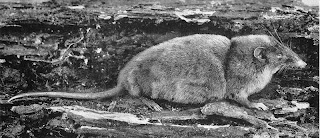The Ghost of Christmas Present is the third
ghost to visit Scrooge. This ghost’s visit is foretold by the ghost of Jacob
Marley.
Marley's ghost by John Leech
Jacob Marley and Ebenezer Scrooge had
been friends since their teenage years when they were both apprentices in the same
business firm. Later they opened a financial business together which Marley
called “our money-changing hole”.
It is Christmas Eve and exactly seven
years have gone by since Marley has passed away.
Charles Dickens describes the ghost as
being “a jolly giant”. He has dark brown curly hair, wears a green robe lined
in fur, and on his head sets a wreath made of holly with glistening icicles
hanging from its branches.
Edward Woodward Ghost Christmas Present
He carries a large torch and is first seen sitting
in the midst of a huge feast. Around his waste is strapped a scabbard with no sword.
This is to symbolize Peace on Earth and goodwill to men. He claims he can
change his size and fit into room large or small.
Kenneth Moore as the Ghost of Christmas Present 1970
The visitation of the Ghost of
Christmas Present happens on December 24, 1843. The ghost proudly tells Scrooge
that he has 1,842 brothers.
This week The Ghostly Artz of Christmas Present
























_with_M._de_St_Antoine_-_Google_Art_Project.jpg)


























